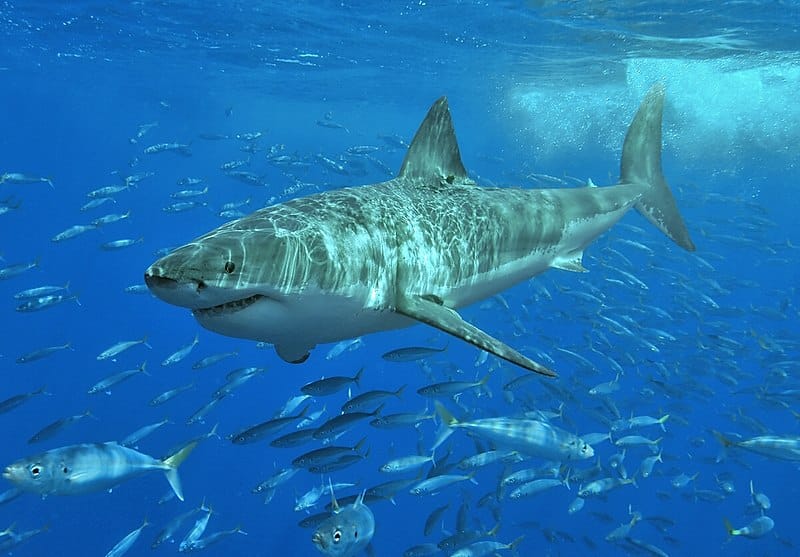Apex marine predators choose who they hang with, researchers reveal.

White sharks form communities, researchers have revealed.
Although normally solitary predators, white sharks (Carcharodon carcharias) gather in large numbers at certain times of year in order to feast on baby seals.
These groupings, scientists had assumed, were essentially random – the result of individual sharks all happening to turn up in the same area, attracted by abundant food.
Now, however, a group of researchers including behavioural ecologist Stephan Leu from Macquarie University in New South Wales, Australia, have used photo-identification and network analysis to show that many of the apex predators hang out in groups which persist for years.
Continue reading Lonesome no more: white sharks hang with buddies




